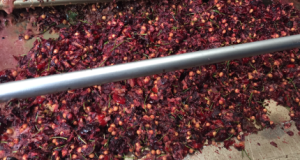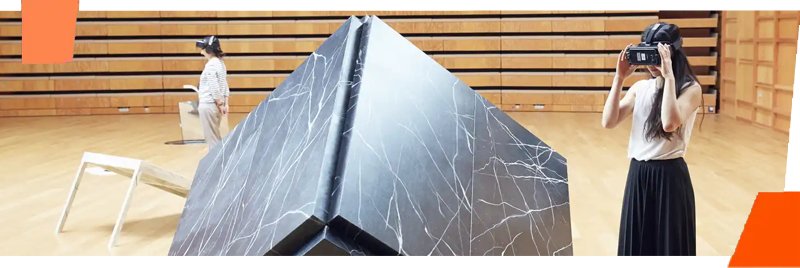
Kent biosciences researchers, working closely with RentACherryTree (a small agricultural business in East Sussex), have developed an innovative way to turn waste cherries into a valuable, health-boosting food ingredient.
Cherries are naturally rich in anthocyanins and quercetin, which are pigments known for their antioxidant and anti-inflammatory properties. The study, recently published in the journal Antioxidants, shows that by upcycling damaged or discoloured cherries destined for landfill into a natural powder rich in anthocyanins, food producers can both reduce agricultural waste and create affordable, nutritious products. The powder was found to protect against harmful effects linked to age-related diseases such as Alzheimer’s disease in laboratory models, underlining its potential as a functional food ingredient.
The researchers analysed cherry juice, pulp and pomace’s retention of anthocyanin to reach their conclusions. Notably, greater biological activity was observed in developing the pulp powder than juice alone, suggesting that consuming the anthocyanin-rich cherry powder may bring more health benefits than extracts or supplements.
Kent is known for being the largest cherry-producing region in the UK. This grower-researcher collaborative project highlights how academic expertise and local farming knowledge can come together to address pressing challenges in agriculture. By transforming produce that would otherwise be discarded, the initiative supports sustainability, strengthens local food systems, and opens up new opportunities for healthier, low-cost food options for communities.
Dr Marina Ezcurra, the project’s lead researcher based in Kent’s School of Natural Sciences, said: ‘Working with local growers has been key to this success. Together we are showing that agricultural by-products don’t need to go to waste – they can become part of the solution to producing sustainable and accessible healthy foods.
‘Our newly discovered innovation is a scientific approach that could be adopted at scale in Kent and other agricultural regions, and we look forward to carrying out further research to help drive this forward.’
Dr Sarah Blackburn, first author of the study and a Senior Technician at Kent, added: ‘What makes this work exciting is that we combined detailed analytical approaches with health measurements in inexpensive laboratory models that provide insights into human health. This allows us to demonstrate the potential of food waste to provide benefits for both people and the environment.’
The project was funded through grants from InnovateUK and Growing Kent & Medway.
The research paper ‘Upcycling of Waste Cherries Produces an Anthocyanin-Rich Powder That Protects Against Amyloid-β Toxicity in C. elegans’ is published in Antioxidants. doi: 10.3390/antiox14080995

Cherry pulp generated and ready to test

Cherry juice, pomace, pulp samples prepared for analysis

Michael Dallaway from RentACherryTree with Sarah Blackburn, first author of the research paper




